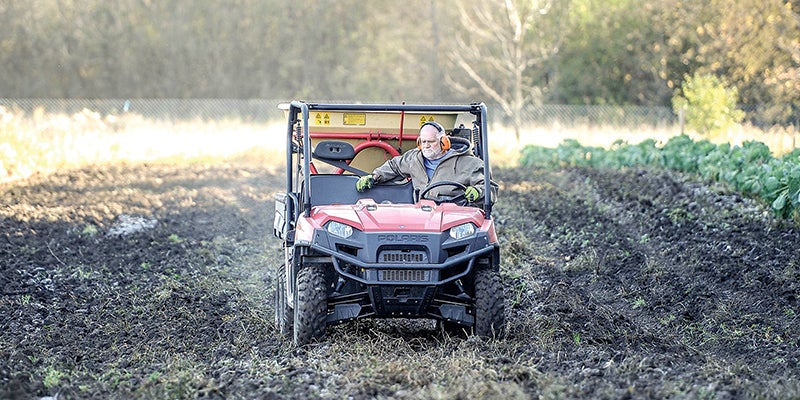CRWD initiates water-quality project levy; Board OKs plan for contributing up to 12 percent of $8.4 million CIP cost
Published 10:28 am Monday, August 22, 2016
Cedar River Watershed District’s Board of Managers has approved starting a project tax levy in 2017 to help construct major water-quality projects in farm fields over the next five years.
On Wednesday night, the CRWD board conducted a public hearing and took public comment on their annual budget and proposed 2017 levy.
At their regular meeting, the board voted unanimously to approve the budget and initiate the levy that will begin implementation on a $8.4 million, five-year Capital Improvement Plan for improving water quality and reducing area flooding. The district has committed $1 million to the CIP initiative, contributing up to 12 percent of the overall CIP cost.
CRWD now will secure a 10-year, low-interest state loan for up to $1 million through the Clean Water Partnership program offered by the Minnesota Pollution Control Agency. The district then will pay off the loan by using the project levy that will generate an additional $100,000 a year in tax funds for projects.
“The public provided some great points at the public hearing and we heard concerns about additional taxes,” Watershed Administrator Justin Hanson said in a press release. “It’s our job as staff to make sure we take advantage of every leveraged opportunity to stretch local funds.”
The loan will operate similar to a line of credit in that CRWD can draw funds when needed and pay 2 percent interest only on the money taken out for projects. The project levy will be reviewed annually by the CRWD board.
CRWD plans to draw $400,000 of the $1 million state loan to use immediately on its CIP initiative to build 25 projects over five years for water-quality improvements and flood reduction along the Cedar River State Water Trail and Dobbins Creek watershed. Most CIP projects are targeted upstream from Austin.
Board members say the project levy will help CRWD leverage more than $7 million in funding for CIP projects. A year ago, The Hormel Foundation approved a $3.2 million grant requested by the Vision 2020 Waterways Committee for the CRWD’s CIP initiative. Additional funding would come from various state resources, including a state bonding bill if one is passed.
CRWD board members like the state loan’s low interest rate and that it would enable the district to avoid significant costs associated with borrowing money through a bond issuance.
To be used on projects, the Foundation’s grant funds require matching funds from other sources. CRWD has planned on $1 million from the district and $4.2 million from various state sources.
Estimated tax increases from the proposed project levy are available on the CRWD website: www.cedarriverwd.org.
In 2007, CRWD was established to address concerns with flooding and water quality in the Cedar River Watershed. The CRWD’s boundaries cover about 435 square miles, mostly in Mower County but also in parts of Freeborn, Dodge and Steele counties. The city of Austin is the largest urban area in the watershed district.
CRWD’s CIP initiative consists of a top 25 list of priority projects that range in size, complexity and location but generally are related to storm water detention, ravine stabilization and flood-risk reduction. Projects at this time are targeted mostly in the Dobbins Creek subwatershed but numerous projects also are planned for the Cedar River north and south of Austin.
When entirely completed, the CIP initiative is projected to provide an 8 percent reduction in flood flows to the Cedar River. This would be a major step toward the CRWD’s overall mission to reduce peak flood flows by 20 percent through building control structures with berms at hundreds of locations. These structures will detain flood waters, reducing potential damage to downstream crops and buildings as well as decreasing streambank erosion on waterways.




